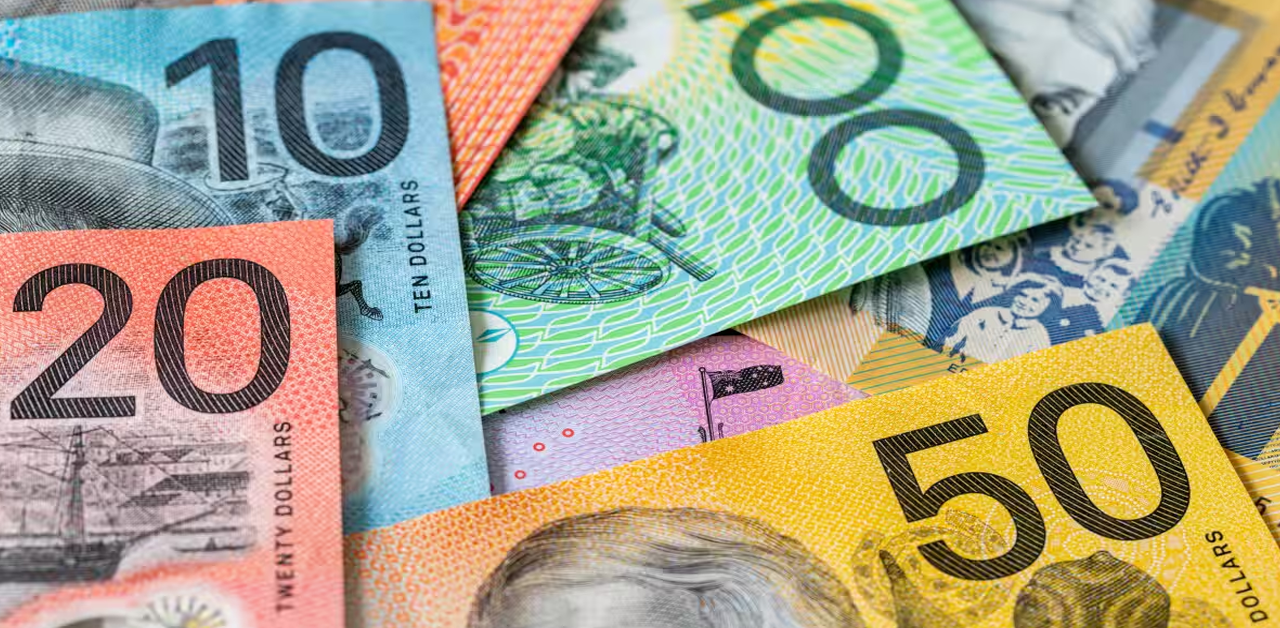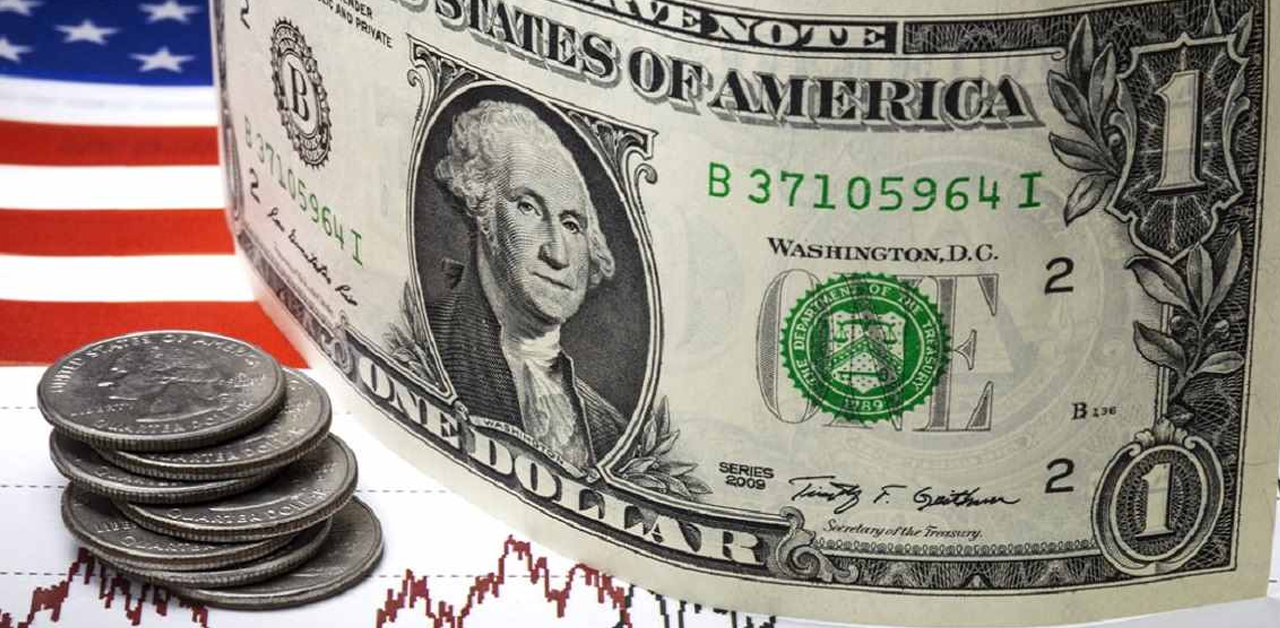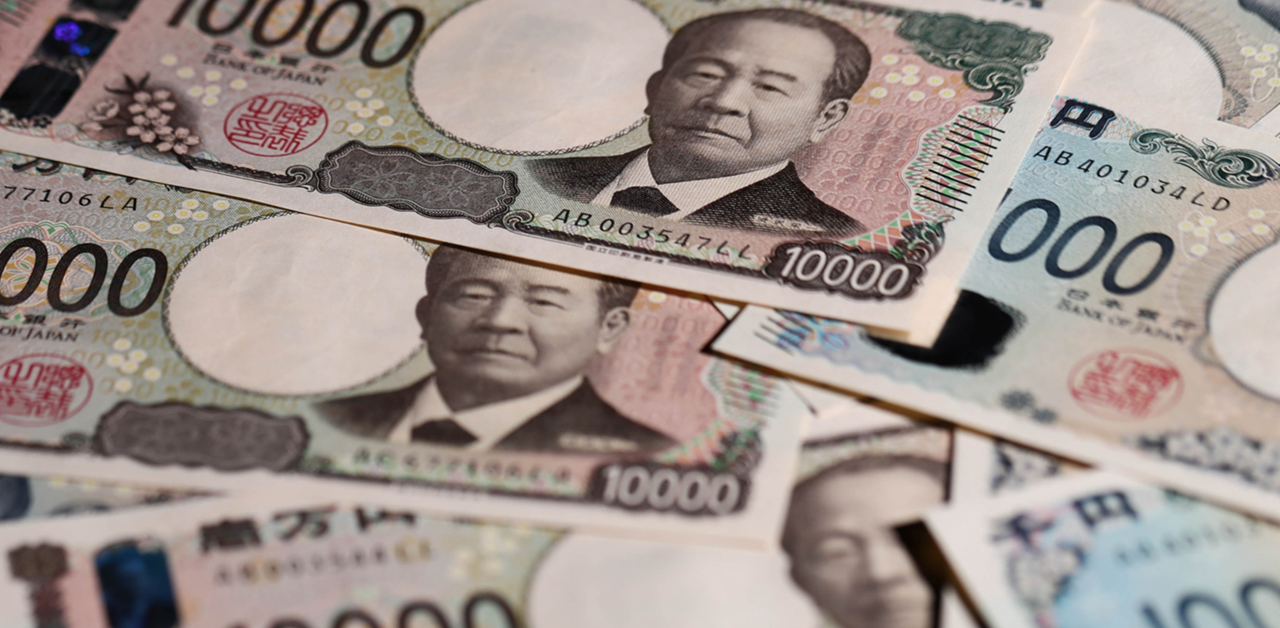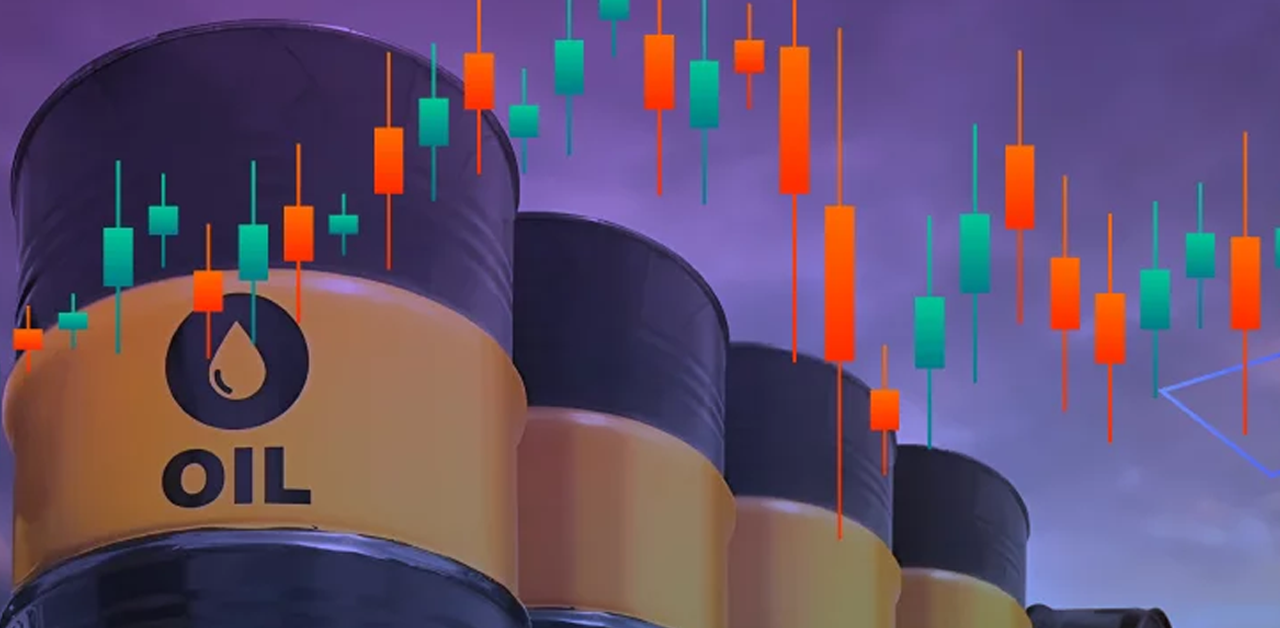Oil declines 2% as fuel supplies and output rise in U.S.A
On Wednesday, oil prices fell by around 2% as concerns about a shortage of crude oil were somewhat offset by an increase in gasoline and distillate stocks in the United States and concerns about weaker global economic growth. Brent futures for August delivery decreased $1.72 or 1.5% to close at $116.26 per barrel. The more active September contract, which is due to expire on Thursday, was down $1.35 to $112.45. West Texas Intermediate crude for the United States declined $1.98, or 1.8%, to settle at $109.78 in August.
According to the Energy Information Administration (EIA), despite output reaching its highest level since April 2020 during the initial wave of the coronavirus pandemic, U.S. crude stockpiles decreased last week. As refiners increased production and reached 95 percent of capacity, the greatest level for this time of year in four years, fuel supplies increased.
“The market suffered as a result of the EIA report. The pressure is somewhat reduced by the increase in gasoline and distillate stockpiles, and the increase in U.S. output also contributed to the decrease in price “said John Kilduff, a partner at New York’s Again Capital LLC. U.S. gasoline and distillates futures fell by roughly 3% and 4% as a result of those unexpected inventory increases. Traders claimed that oil futures declined along with the cost of petrol.
The U.S. dollar’s increase to its highest level versus a basket of other currencies since reaching a 19-year high in mid-June added to the pressure on oil. Oil costs increase for buyers using other currencies when the dollar is stronger. On concerns about restricted supply brought on in part by Western sanctions on Russia, Brent and WTI rose by around 7% over the previous three sessions. According to a research note from JP Morgan, “we concluded there is no practical way to keep these barrels out of a market that was already very tight” given that about one-fifth of the world’s oil production capacity is currently subject to sanctions (Iran, Venezuela, Russia).
However, investors are also concerned that, as central banks raise interest rates to combat inflation, declining economies could reduce energy demand. According to Fed Chair Jerome Powell, the U.S. Federal Reserve will not allow the economy to enter a “higher inflation environment,” even if it means hiking interest rates to levels that endanger growth.
According to Ben van Beurden, chief executive officer of Shell PLC, uncertainty in the global oil and gas markets may last for some time because spare capacity is extremely low and demand is still recovering. On Wednesday, a series of two-day meetings between the Organization of the Petroleum Exporting Countries (OPEC) and its allies, including Russia, known as OPEC+, got underway. According to insiders, it appears doubtful that a significant shift in policy will be made this month.
Analysts worry that Saudi Arabia and the United Arab Emirates (UAE) may not have sufficient spare capacity to replace lost Russian supply. This week, French President Emmanuel Macron claimed he had been informed that these companies would find it difficult to raise output even further. The UAE’s energy minister claimed that despite producing over 3 million barrels per day (bpd), the nation had some spare capacity above its 3.17 million bpd OPEC limit. Analysts also cautioned that political upheaval in Libya and Ecuador could further reduce supplies. The Black Sea Caspian Pipeline Consortium (CPC) terminal in Russia will start loading oil again on July 1 from its second single mooring position.











